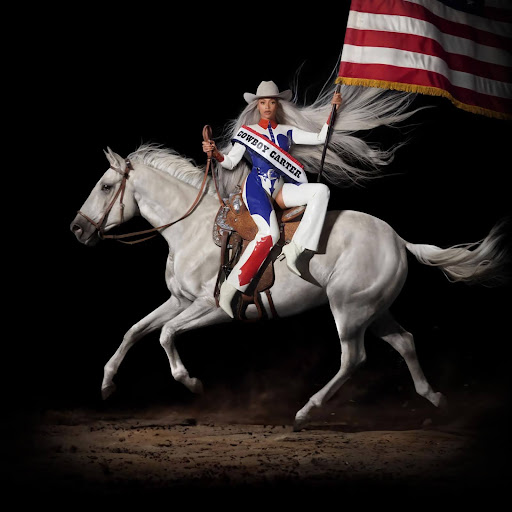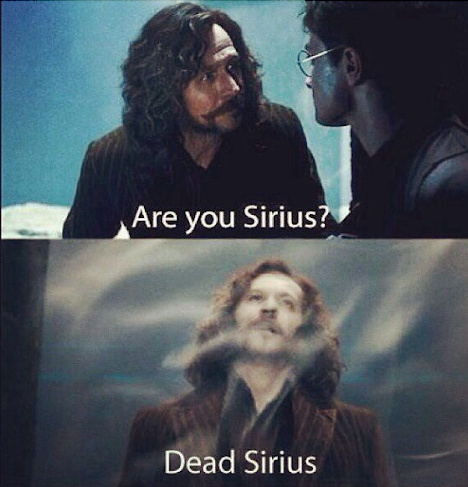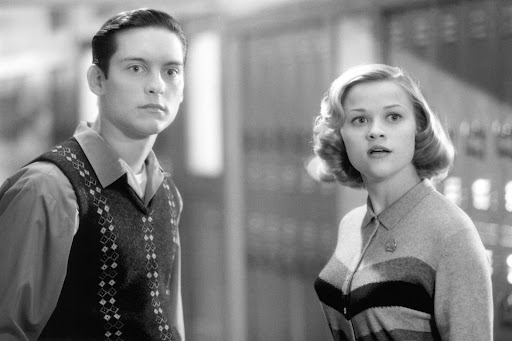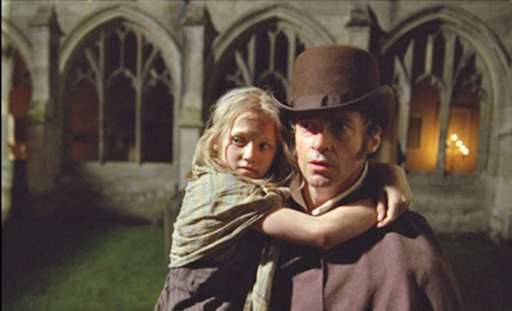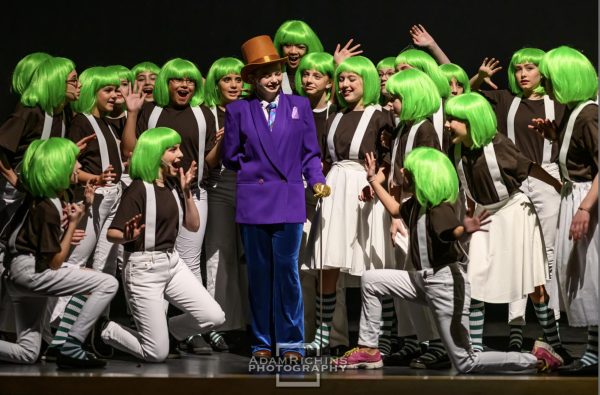Movie Monday: What Wall-e Teaches Us About Life in Quarantine
Wall-E is the story of a robot left alone on Earth for seven-hundred years while the entire human race escapes to space in order to avoid the rapidly deteriorating planet. During quarantine, Pixar’s Wall-E offers important messages about connection, loneliness, and unconditional love.
What blows me away about this movie is how much world-building and character development there is with almost no dialogue in the first half hour. Through showing Wall-e going about his daily routine, the movie tells you everything you need to know about Wall-e’s character and the world he lives in. The first thing we see is a panoramic shot of a city covered in garbage with Wall-e wandering all alone. We see him working non-stop to “clean” the city without making any real progress. This lack of progress demonstrates Wall-e’s lack of purpose. We also see that Wall-e has a fascination with human artifacts that he’s collected over the years. These artifacts seem to give him hope for a better world. He is especially fascinated by watching old movies, particularly love scenes. Through watching these scenes, Wall-e learns about physical and emotional connection and begins to notice how alone he is. He even befriends a roach in order to have some type of companion. This is something that we can all relate to right now, as we socially distance ourselves from our friends. It’s a great reminder that, even as we get used to being apart, connection is still essential for us to truly thrive.
One day, Eve comes into Wall-e’s life as a symbol of hope. She is a robot sent down by the humans to see if Earth is capable of sustaining life. She’s the answer to all of Wall-e’s curiosity about the world and his desire for connection. He instantly falls in love with her and shows her his collection of human artifacts. When she discovers a living plant, her system shuts down and awaits the spaceship to bring her back to the humans. Just like that, Wall-e’s only source of connection is taken away from him and he is all alone again. However, his dedication to her is persistent. He stays with her for weeks, waiting for her to wake up. When the spaceship returns to her, Wall-e takes hold of the ship and goes with her. He is instantly transported to a new world.
When they arrive on Eve’s ship, we see what has become of the human race. These people live in a world of constant material consumption. There is a screen in front of their faces all the time, which is their only mode of communication (hmmm sounds familiar). Because of the physical distance between everyone, their interactions are superficial. No one even notices the world around them because they are so glued to their screens. They are also all alone. There doesn’t seem to be any sense of family units. Everyone is completely isolated, despite being physically near to others. Only once Wall-e literally turns off their screens do they really look at each other and connect. After finally unplugging, two of these people, John and Mary, actually start to examine their surroundings and notice things, including each other. This is another great reminder for us during this time. Even though it can be easy to fall into the world of our phones with so much time on our hands, it will only make us feel more isolated. We need to find ways to connect with people and get away from the screens however we can.
For the characters on the ship, being so dependent on their screens makes them vulnerable to being controlled by the machines. We see this through the character of the captain. The autopilot robot keeps him ignorant of the world in order to control him and keep him from returning the people to Earth. Since the people no longer know how to function without machines, so much so that they are unable to walk, the machines have power over them — controlling what they see, do, and know about. Keeping them from knowing about Earth prevents them from trying to return home. Once the captain finally shuts down the autopilot, he literally uses it as a steering wheel, symbolizing the captain retaking control of his life.
Despite the fact that these machines on the ship provide comfort and convenience, the humans still aren’t happy or fulfilled. Once the captain learns about Earth, the autopilot computer tries to convince him that the people won’t be able to survive on Earth. But the captain responds: “I don’t want to survive. I want to live.” This is proof that even despite their easy life on the ship, the people still desire something deeper — true connection.
One of the biggest ironies of this film is that while the human characters are unable to connect, the robot characters, Wall-e and Eve, connect on a deep level throughout their adventure. Near the end of the film, when the pair soars through space together, the movie once again conveys the strength of their love without dialogue. The lack of dialogue makes it an even more beautiful scene. Their love story is gorgeously simplistic and told in such an engaging, heartfelt way.
Overall, this is a great film to revisit during the quarantine era we are living in. Not only is it a truly sweet, exciting adventure with endearing characters and gorgeous animation, it also has some really important, relevant messages. It teaches us the value of connecting with others, and it reminds us that our screens can never take the place of true human connection.


